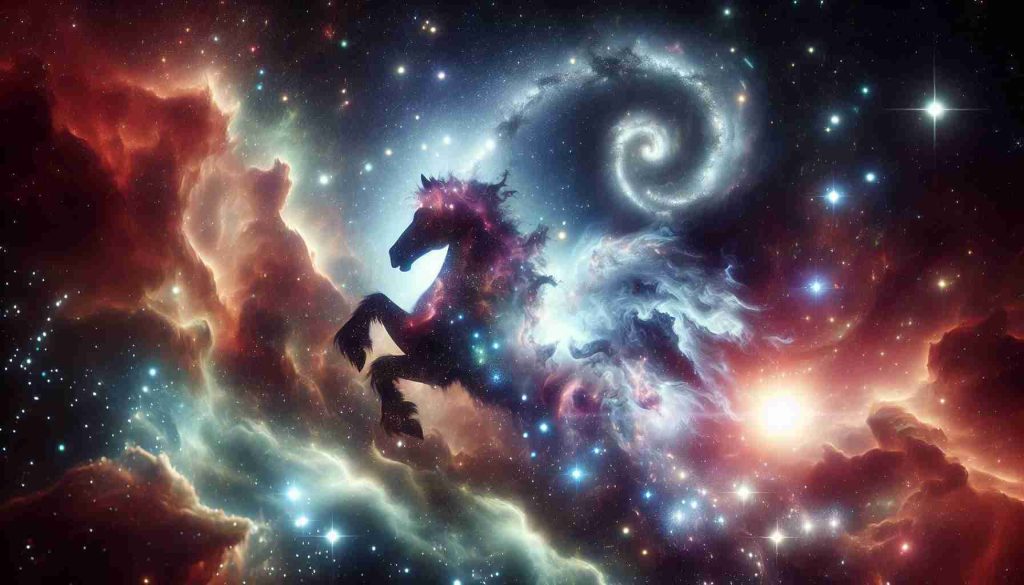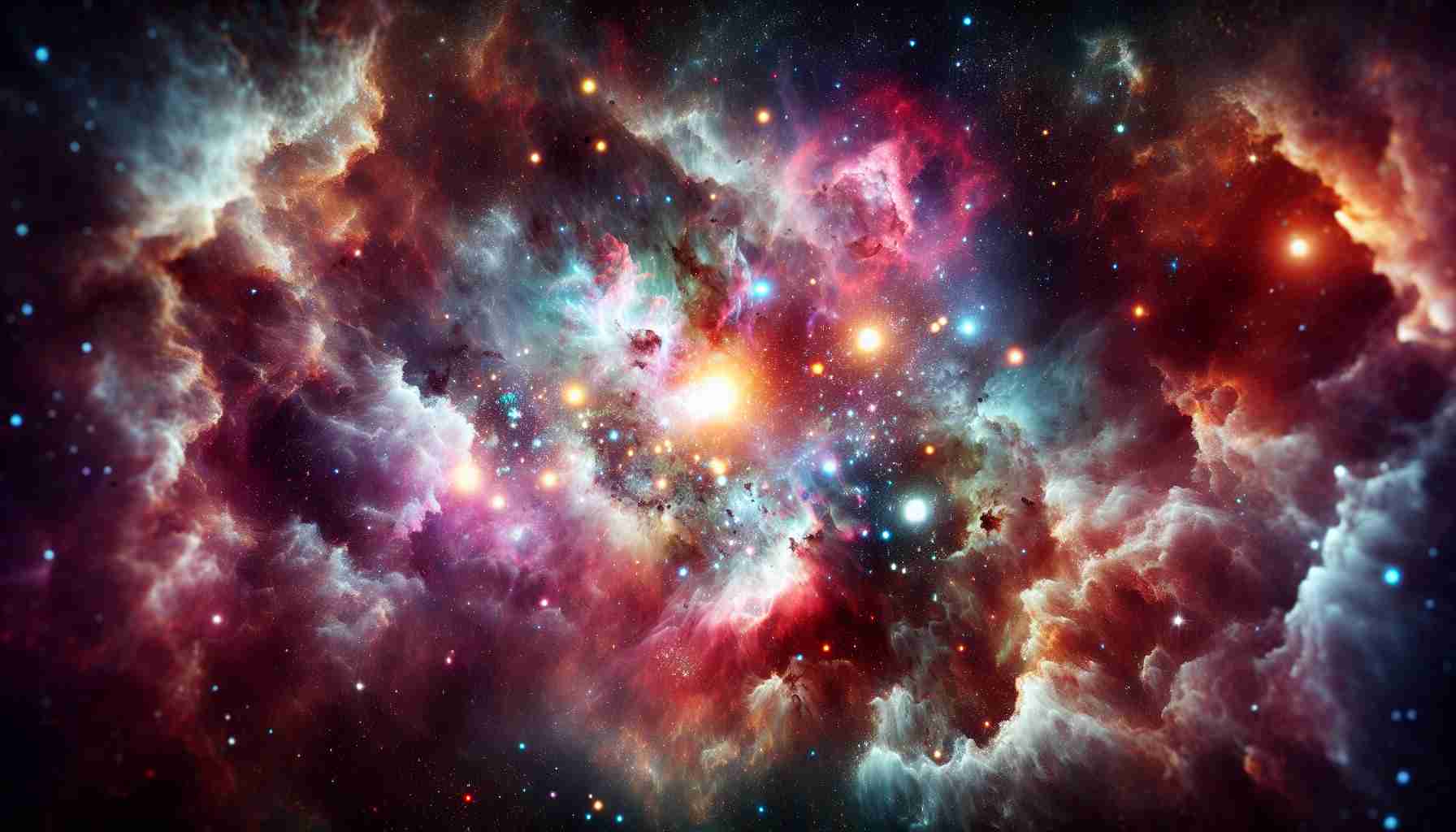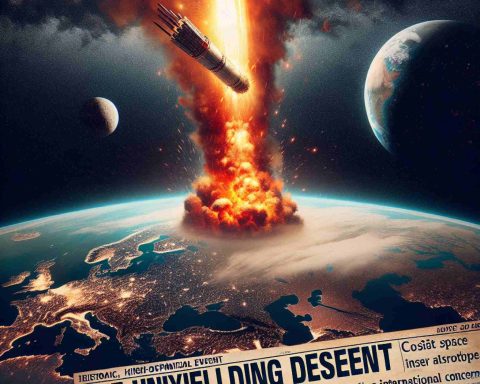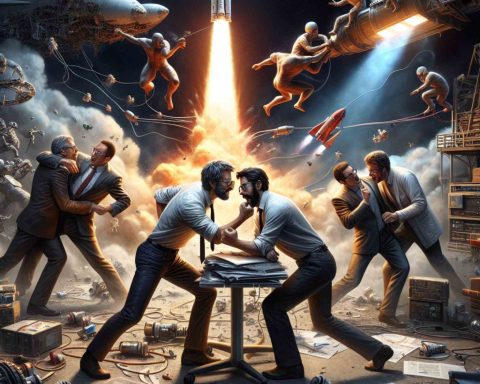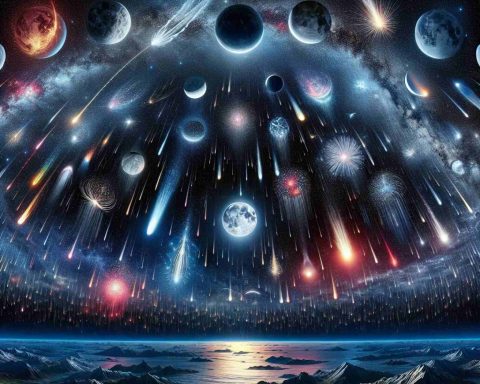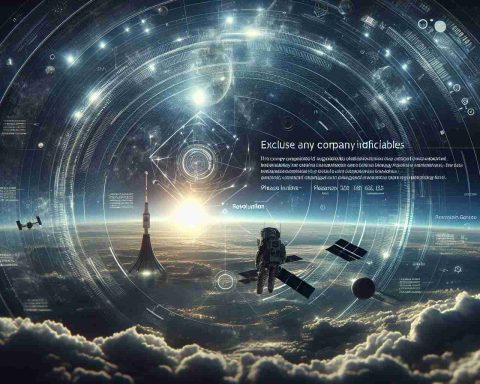Nebulae - Page 2
Nebulae are vast clouds of gas and dust in space, primarily composed of hydrogen, helium, and other ionized gases. They are often the birthplaces of stars, where gravitational forces cause the gas and dust to coalesce and trigger nuclear fusion, leading to star formation. Nebulae can also be remnants of dying stars, such as planetary nebulae, which occur after a star has shed its outer layers. There are different types of nebulae, including emission nebulae, which glow due to ionization from nearby stars; reflection nebulae, which reflect light from stars; and dark nebulae, which are dense clouds that block light from objects behind them. Nebulae play a crucial role in the evolution of galaxies and the lifecycle of stars, contributing to the dynamic processes of the universe.
